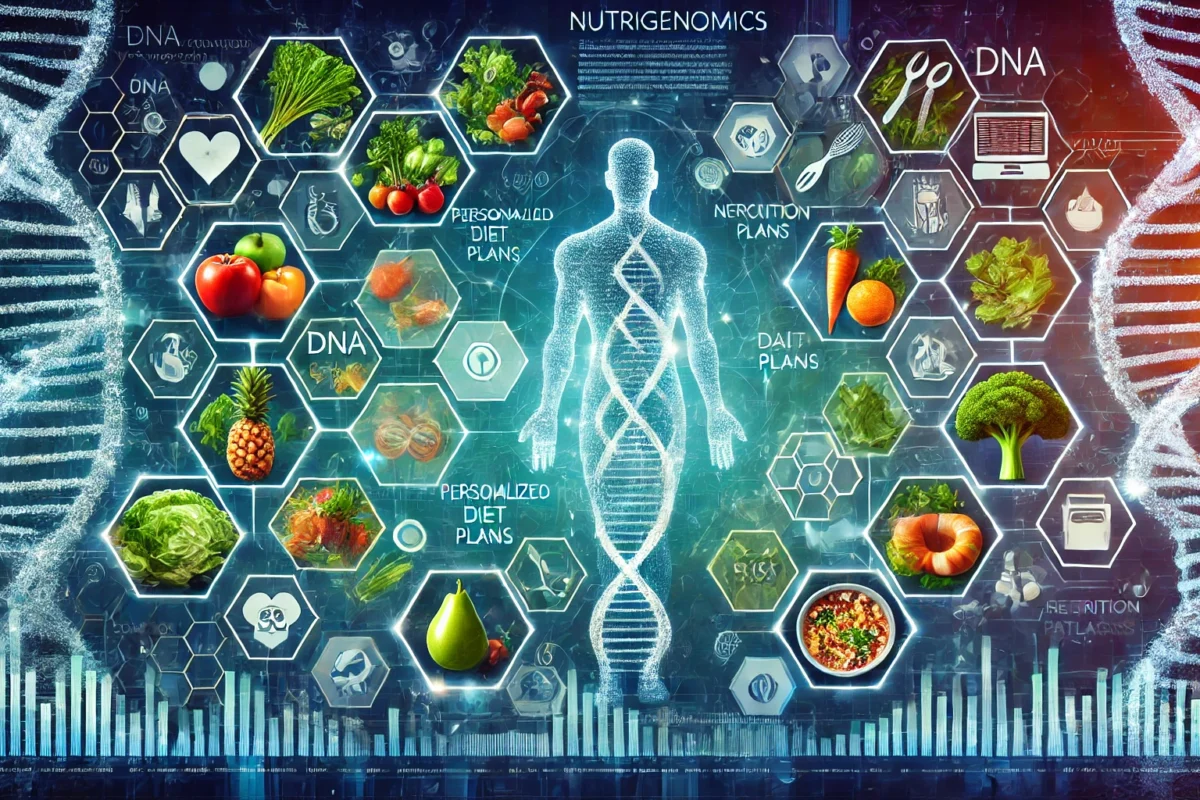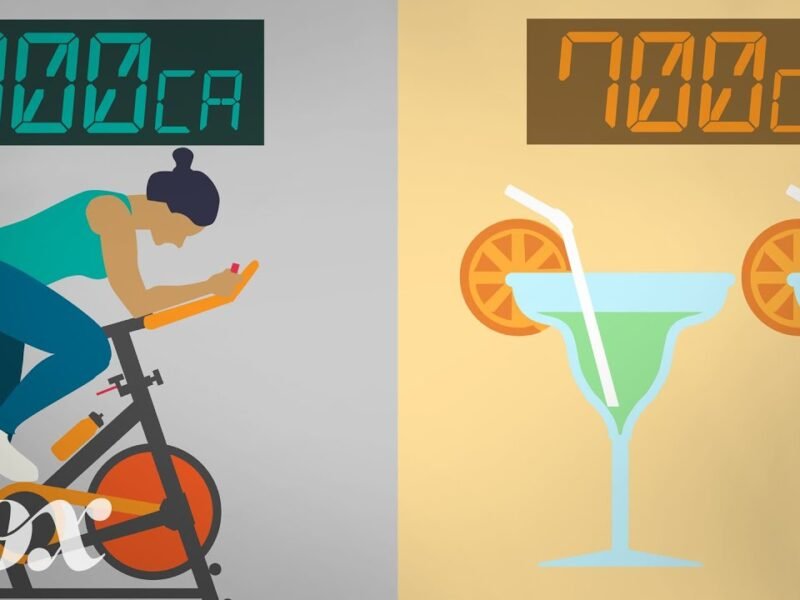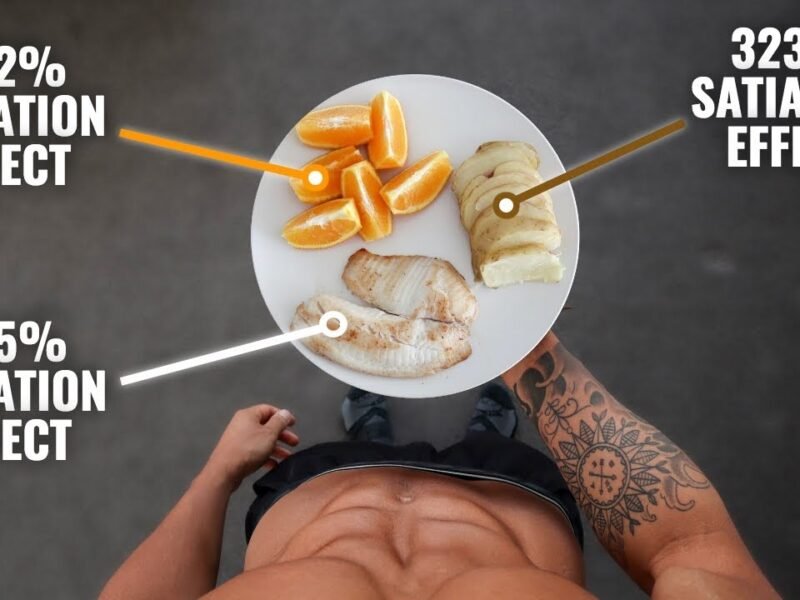The Ultimate Research-Based Diet Plan for Fat Loss and Muscle Gain

The Ultimate Research-Based Diet Plan for Fat Loss and Muscle Gain
The pursuit of simultaneous muscle gain and fat loss is one of the most common goals among fitness enthusiasts and athletes. Achieving these goals requires a well-structured diet and exercise plan supported by scientific research. A comprehensive review of over 514 studies provides clear insights into the most effective strategies for maximizing results.
Key Diet and Training Recommendations
Scientific analysis has identified the following evidence-based nutritional and training recommendations to optimize body composition:
- Weight Loss Rate: 0.5 – 0.7% of body weight per week to preserve muscle mass.
- Protein Intake: 1 – 1.4 g per pound of body weight daily to support muscle synthesis.
- Carbohydrate Intake: 0.9 – 2.3 g per pound of body weight daily to fuel workouts.
- Fat Intake: 0.23 – 0.45 g per pound of body weight daily to support hormonal function.
- Training Volume: 20-30 sets per muscle group weekly to stimulate muscle hypertrophy.
- Cardiovascular Training: 480 minutes per week maximum to enhance fat burning.
- Creatine Supplementation: 3-10 g daily to improve strength and muscle retention.
- Caffeine Intake: 0.5-2.7 mg per pound daily to support fat oxidation.
Macronutrient Recommendations
According to research, following a high-protein, moderate-carbohydrate approach with adequate healthy fats is key to achieving optimal body composition. The following macronutrient guidelines provide a solid foundation:
- Protein: 2.2 – 3 g/kg of body weight per day.
- Carbohydrates: 2 – 5 g/kg of body weight per day.
- Fats: 0.5 – 1 g/kg of body weight per day.
Meal frequency should consist of 3-6 meals per day, ensuring protein intake before and after workouts to optimize muscle recovery and growth.
Optimal Fat Loss Rates for Athletes
A gradual weight loss of 0.5-1% of body mass per week has been found to be the most effective approach for maintaining muscle mass while reducing fat. Rapid weight loss increases the risk of muscle loss and metabolic adaptation.
Fitness Programming and Cardiovascular Training
Optimized training programs include a combination of resistance training and cardiovascular exercises. Studies suggest:
- Strength training with compound movements performed 4-6 times per week.
- Cardio sessions of 3-5 times per week focusing on steady-state and interval training.
- Rest and recovery are crucial to preventing overtraining and supporting muscle repair.
Example Diet and Workout Plan
Implementing a research-based plan involves a balance of nutrient-dense foods and structured workouts. The following meal and exercise plan provides practical guidance:
- Protein Sources: Chicken, fish, lean beef, eggs, Greek yogurt, plant-based protein.
- Carbohydrate Sources: Brown rice, oats, sweet potatoes, whole grains, fruits.
- Fat Sources: Nuts, seeds, avocado, olive oil.
Workout Plan:
- Weight training sessions targeting major muscle groups.
- Cardio workouts alternating between low-intensity and high-intensity intervals.
- Active recovery days focusing on mobility and flexibility.
Final Considerations
Achieving the dual goals of fat loss and muscle gain requires a dedicated approach combining nutrition, training, and recovery strategies. Consistently following these guidelines will yield significant improvements over time.
Stay informed with the latest research and fitness tips by following us on Facebook and subscribing to the SlimScienceTV email newsletter.






















